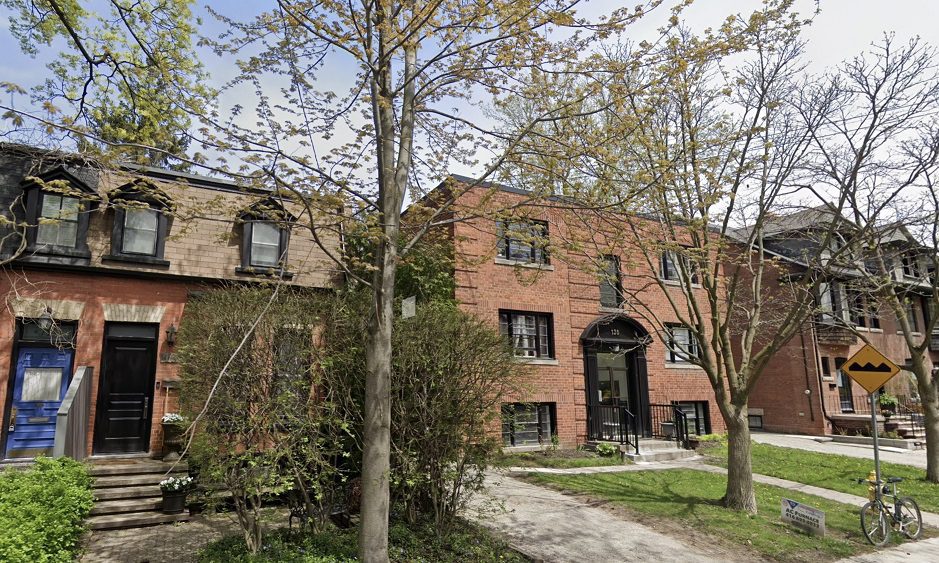Planned changes further exacerbate Ontario’s housing crisis
Toronto | Traditional territories of the Mississaugas of the Credit, the Anishinaabeg, the Haudenosaunee, and the Huron-Wendat – Despite mounting concern that its approach to land use planning is impeding attempts to tackle the housing affordability crisis, Ontario’s government is doubling down on the sprawl-centric policies that have led to a housing shortage and pushed home and rental prices out of reach for new households.
This afternoon, Ontario’s Minister of Municipal Affairs and Housing, Steve Clark, revealed plans to entirely eliminate the Growth Plan for the Greater Golden Horseshoe. This plan was designed to ensure efficient use of southern Ontario’s very finite land supply and limited construction capacity. The proposal would also weaken other key land-efficiency and construction-efficiency measures in the Provincial Policy Statement that presently govern development across the province.
Rather than cracking down on the low-density land use plans that are seeing the region’s scarce labor, materials and serviced land squandered on oversized, infrastructure-intensive sprawl, this move appears calculated to lower the number of homes created for each unit of labour and serviced land invested. For example, it appears the government is proposing to:
-
Eliminate the mandate that at least 50 residents be housed on each hectare of farmland and wildlife habitat sacrificed for residential development. This comes after the government had already reduced the number of homes required from a previous 80 residents per hectare standard.
-
Eliminate the requirement that regions like Peel, York, Halton and Waterloo, where housing shortages – and constraints on construction capacity – are most acute, make use of their existing infrastructure and serviced land by upzoning them to accommodate at least 50% of their planned new households. Ontario had already reduced the mandate from 60%, but it would now be removed entirely.
-
Eliminate the Provincial Policy Statement requirement that municipalities seize all opportunities for efficient infill development, and improve the efficiency of existing development plans, before resorting to more labour and resource-intensive expansions of urban boundaries into farms and forests.
-
Allow land speculators to push through inefficent, on-demand piecemeal boundary expansions rather than requiring that they be coordinated as part of periodic reviews.
These changes would further exacerbate the inefficiencies created by the elimination of meaningful regionally-coordinated land use and infrastructure planning through last October’s Bill 23.
“Ontarians know that this government has been choosing to squander what remains of Ontario’s quality farmland and rare southern forests and wetlands to enrich well-connected land speculators. Today’s announcement makes it clearer than ever that Ontario is also willing to sacrifice progress on ending the housing shortage and affordability crisis. We know that unless we use land, labour and equipment MUCH more efficiently, and focus home building in existing neighborhoods, we will not have the capacity to deliver the 1.5 million homes we need in the next decade,” said Phil Pothen, Ontario Environment Program Manager, Environmental Defence.
The good news is that there is still time to demand a course reversal on this misguided scheme. Unlike recent attacks on the Greenbelt, wetlands and conservation authorities, which were rushed through the legislature at very short notice, the government says it will be accepting comments on this planned dismantling of land efficiency measures until August 4th of this year.
ABOUT ENVIRONMENTAL DEFENCE (environmentaldefence.ca): Environmental Defence is a leading Canadian environmental advocacy organization that works with government, industry and individuals to defend clean water, a safe climate and healthy communities.
– 30 –
For more information or to request an interview, please contact:
Brittany Harris, media@environmentaldefence.ca





